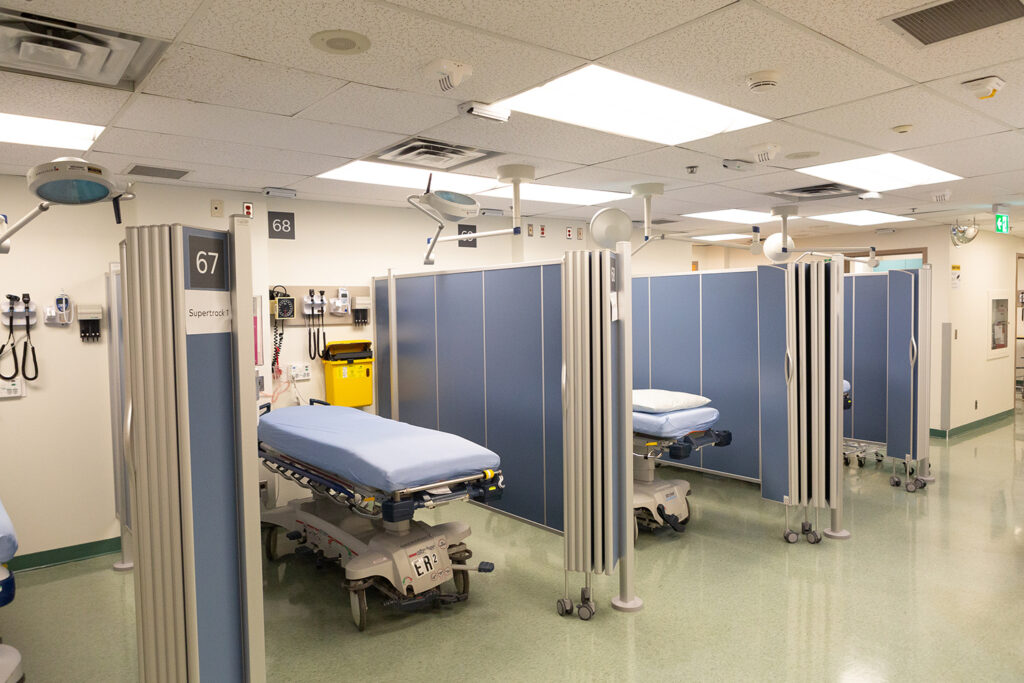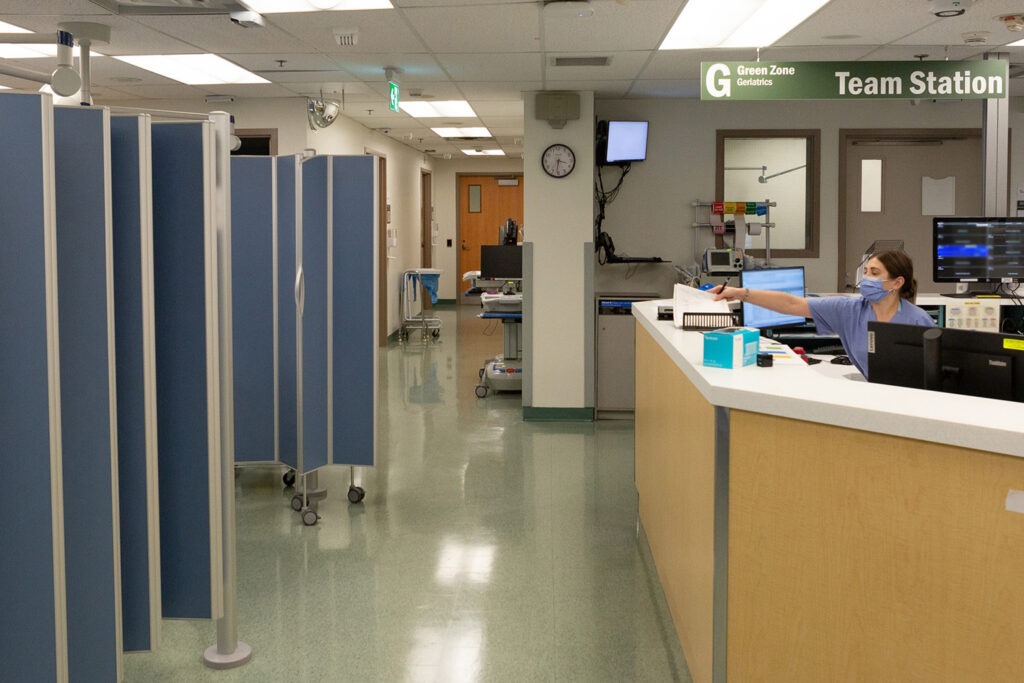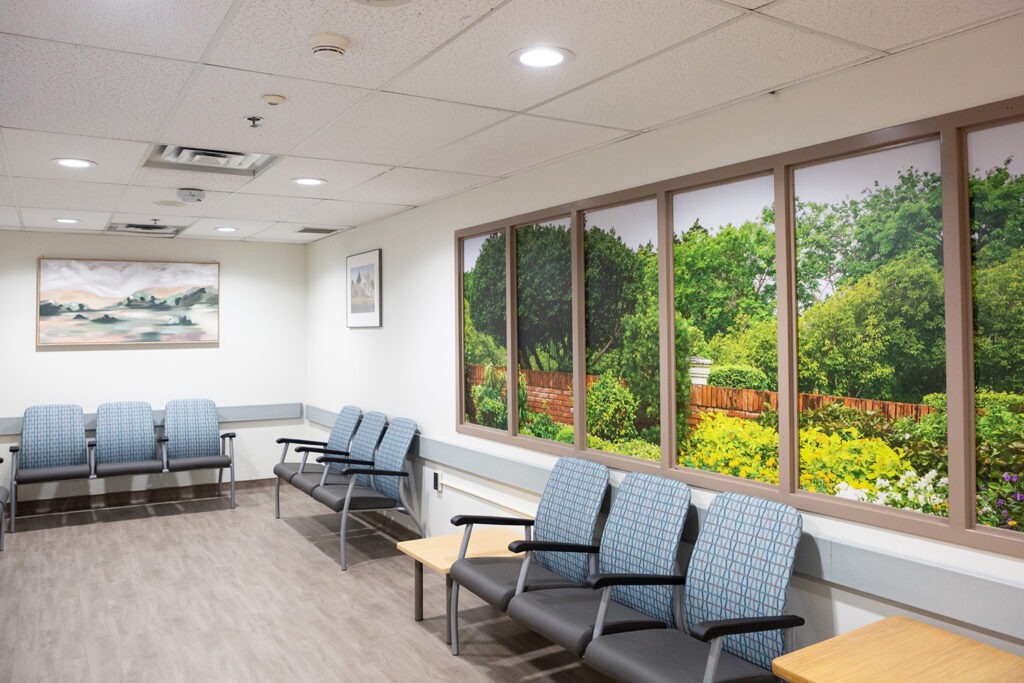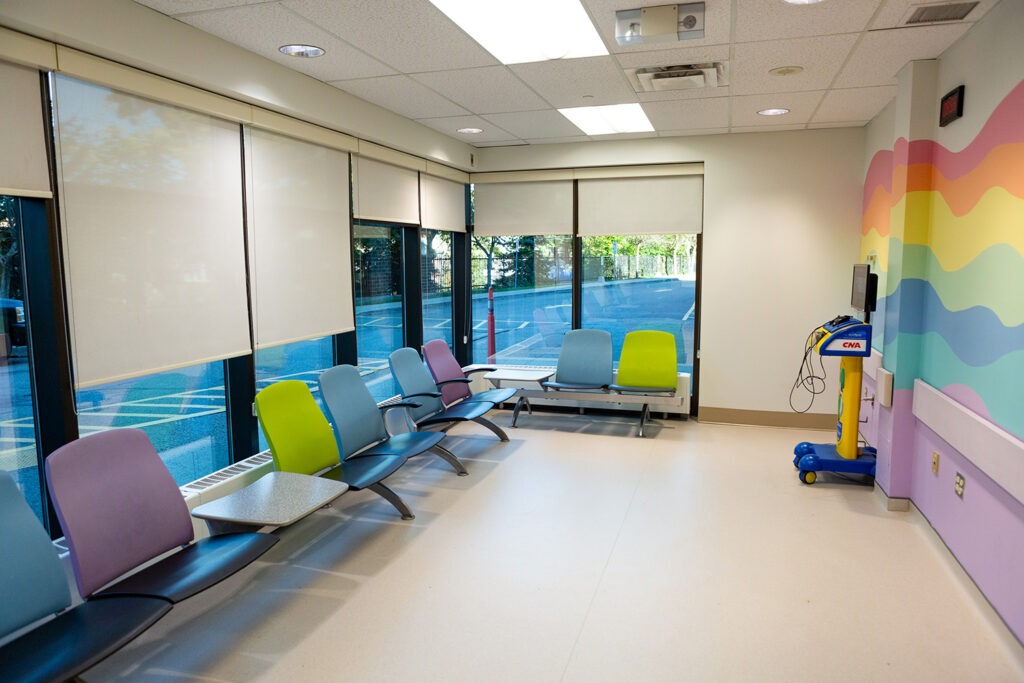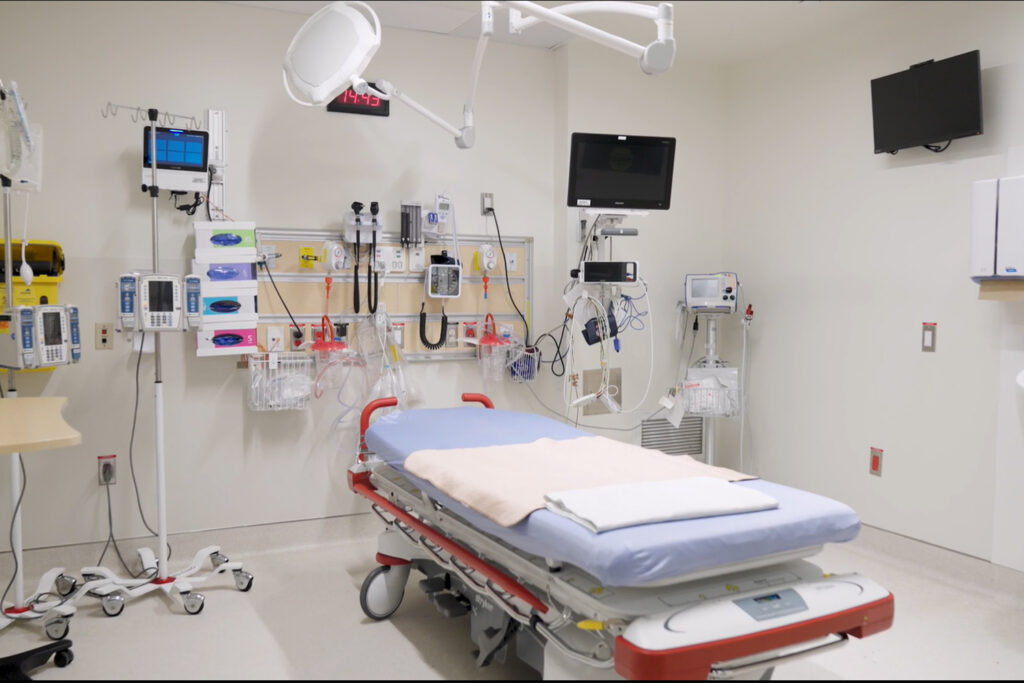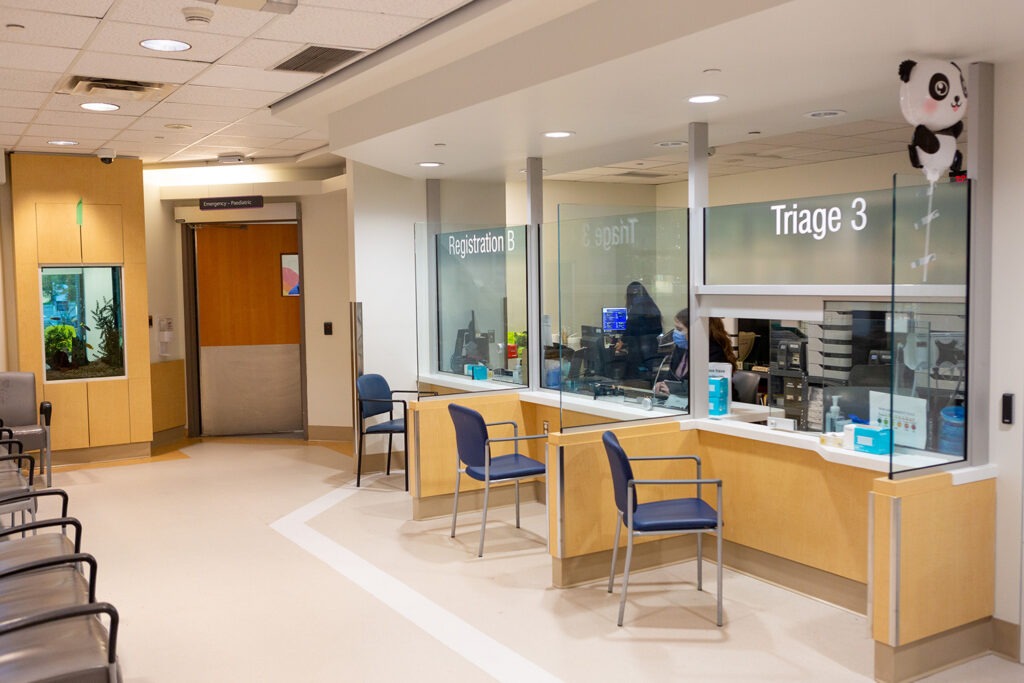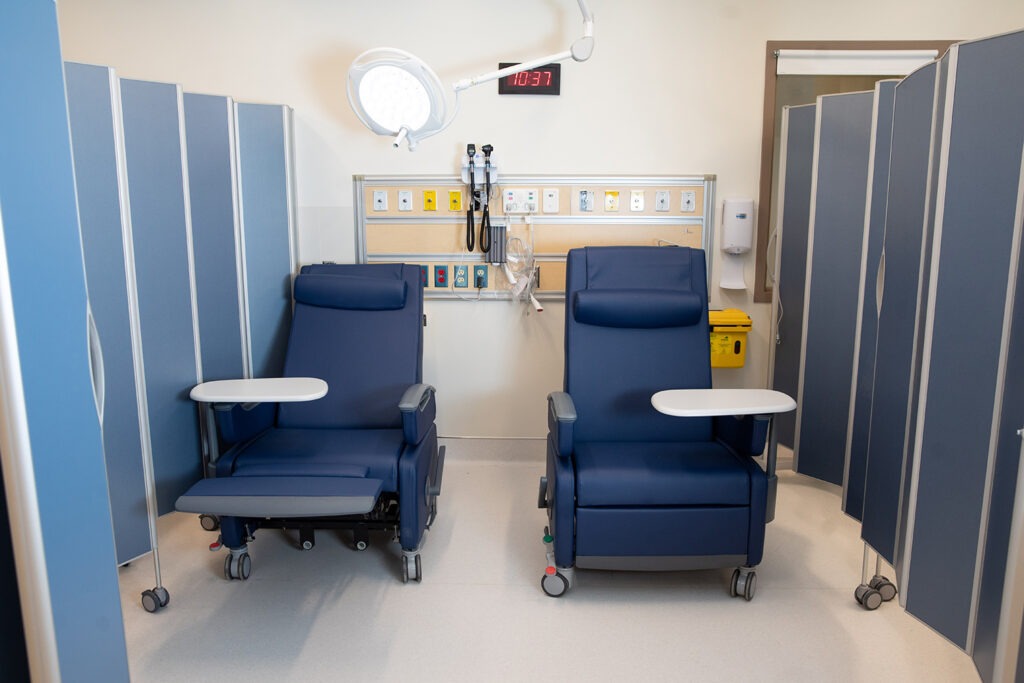New geriatric zone in the Emergency Department at St. Joseph’s Health Centre provides specialized care for seniors
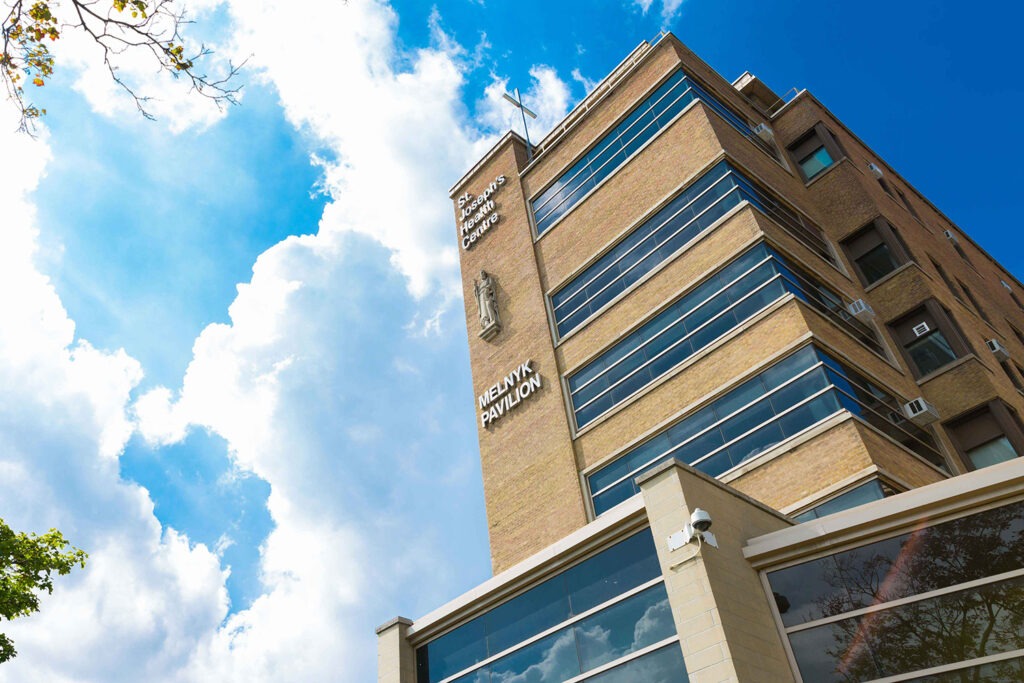
The emergency department can feel overwhelming for seniors with complex health conditions. At St. Joseph’s Health Centre, a new space in the emergency department is transforming seniors’ emergency care, keeping patients safe and comfortable, while specialized staff meet their health care needs.
The new Barrett Family Foundation Geriatric Emergency Care Zone in the St. Joseph’s emergency department – one of the busiest in the Greater Toronto Area – is entirely donor-funded and among the first of its kind in Canada. As the population ages, the new zone provides a model for how community hospitals can keep up with the growing need for specialized emergency care for seniors.
“We believe the geriatric zone sets a new standard for how emergency care can be tailored to meet the needs of our aging population,” says Dr. Joan Cheng, Chief of the Emergency Department at St. Joseph’s. “This initiative is a testament to our commitment to excellence in patient care and our dedication to ensuring that elderly patients feel seen, heard and cared for in the emergency department.”
Enjoying this story? Sign up for the Unity Health Toronto newsletter, a monthly update on the latest news, stories, patient voices and research emailed directly to subscribers.
Best practices for geriatric emergency care include specialized assessment tools that consider the physical, cognitive and emotional health of older patients, experienced interdisciplinary teams to address the broad needs of geriatric patients and manage comorbidities effectively, and a calm, quiet and safe environment that promotes dignity and communication, says Cheng.
“In the emergency department, elderly patients can struggle with lengthy wait times, noisy environments and a lack of tailored care, which can increase confusion, anxiety and the risk of further medical complications,” says Cheng. “Their presentations might be more subtle, making diagnosis and timely intervention more challenging.”
Waiting and examination spaces in the new geriatric zone in the St. Joseph’s Emergency Department.
With this in mind, the geriatric zone features soft lighting, clear signage, quiet areas and decor to reduce confusion and stress. The washrooms and examination rooms are accessible, with higher beds to ease patient transfer. Comfortable furniture and ample space for family members helps to reduce feelings of isolation.
“Our teams thought of everything. Comforting imagery on the walls, calming murals and finishes like paintings, paint colours and flooring. It all has a tremendous impact,” says AJ Lopez, Senior Clinical Program Director, Emergency Care Program and Interprofessional Resource Team at St. Joseph’s and St. Michael’s Hospital.
Safety is also a priority, with secure handrails, easy access to call buttons, anti-slip flooring and other equipment to reduce the risk of falls. Specialized training ensures that staff can quickly identify and mitigate risks specific to senior patients, and clear lines of sight allow for closer monitoring of patients with complex conditions.
The space is secure to prevent confused patients from wandering and features a Harmony Room – a waiting space that minimizes the characteristics of a hospital room to reduce stress associated with hospital spaces.
“We created a space that not only addresses the physical needs of elderly patients but also prioritizes their emotional and psychological well-being,” says Cheng. “Feedback from patients and their families ensured that the space would meet their needs. This all sets our space apart.”
The zone is staffed by Geriatric Emergency Management (GEM) nurses who are trained to care for seniors with complex health needs. GEM nurses collaborate with emergency department physicians and clinicians to provide personalized care that fills the gaps that exist for older adults.
St. Joseph’s is a community academic hospital, so the space will also serve as a training hub for physicians, nurses and other health disciplines, who are the next generation of geriatric care providers.
Designed with this multidisciplinary staffing model in mind, the space provides greater efficiency with easy-to-access equipment and a quieter, less chaotic environment that can help improve focus and reduce staff burnout.
“The response so far has been overwhelmingly positive,” says Cheng. “Staff have expressed appreciation for the improved workflow and specialized training, which has enhanced their ability to care for elderly patients. Patients and families have felt more supported, and families are particularly grateful that they can remain close to their loved ones, which is essential in promoting a sense of security and comfort.”
The new Barrett Family Foundation Geriatric Emergency Care Zone is a powerful example of what we can achieve when our hospital teams and our donor community come together, says Maria Dyck, President and CEO of the St. Joseph’s Health Centre Foundation.
“This space was designed to meet the real needs of our patients — helping them move through the Emergency Department with more comfort, dignity and support,” she says. “It’s not just a renovation; it’s a reflection of our shared commitment to build extraordinary care, right here in the west end.”
The geriatric zone is one of several areas addressed in a multi-year endeavor to improve the St. Joseph’s emergency department. The hospital receives over 100,000 emergency visitors a year in a space designed for only 60,000. The existing space lacked adequate square footage for new equipment, technology and privacy.
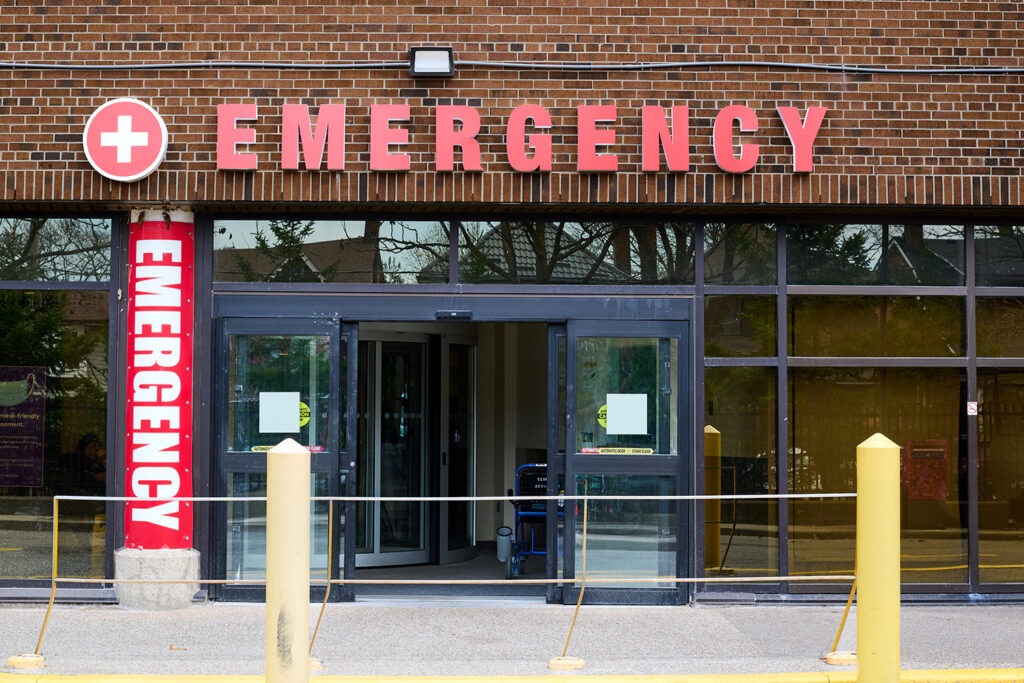
Led by an integrated Planning and Operational Readiness team, these renovations help St. Joseph’s keep up with the current and growing demand for emergency services in west Toronto, as the hospital awaits Ministry of Health approval to begin development of a new patient tower with an emergency department that accommodates growth for generations to come.
On April 28, the St. Joseph’s Health Centre Foundation held a celebratory event for the renovations in the re-named Tawse Emergency Department, after Moray and Joanne Tawse, the single largest donors.
The improved department is expanded by 40 per cent and features a larger mental health emergency services unit, inclusive zones for kids and older adults, an improved registration area to improve patient flow and specially designed screens for increased privacy and infection control. It also features more space for ambulatory care, completed during the COVID-19 pandemic to create more separation between patients. This intervention re-used limited adjacent space that was freed up by other teams.
Some of the updated spaces in the St. Joseph’s Emergency Department, including the pediatric waiting space (rainbow room), registration area and ambulatory zone.
For the new geriatric zone, existing space in the emergency department was re-envisioned to create this special area for seniors, while remaining flexible to support the busy department, says Stasia Bogdan, Director of Capital Planning at Unity Health Toronto. The improvements prioritized flexibility, creating a space that responds to the changing needs of the department using the existing hospital footprint.
“This project is a result of donors’ dedication to St. Joseph’s and the hospital’s efforts to cope with the busiest emergency department demands and patients who need specialized care,” says Bogdan. “With these changes, we can pilot this model of care for seniors and patient flow for the new tower.”
Cheng says she’s looking forward to seeing how seniors care will be improved in the new geriatric zone.
“We believe that the geriatric zone sets a new standard for how emergency care can be tailored to meet the needs of our aging population,” says Cheng. “This initiative is a testament to our commitment to excellence in patient care and our dedication to ensuring that elderly patients feel seen, heard and cared for in the emergency department. We look forward to continuing to improve and innovate in this area for years to come.”
By: Anna Wassermann

